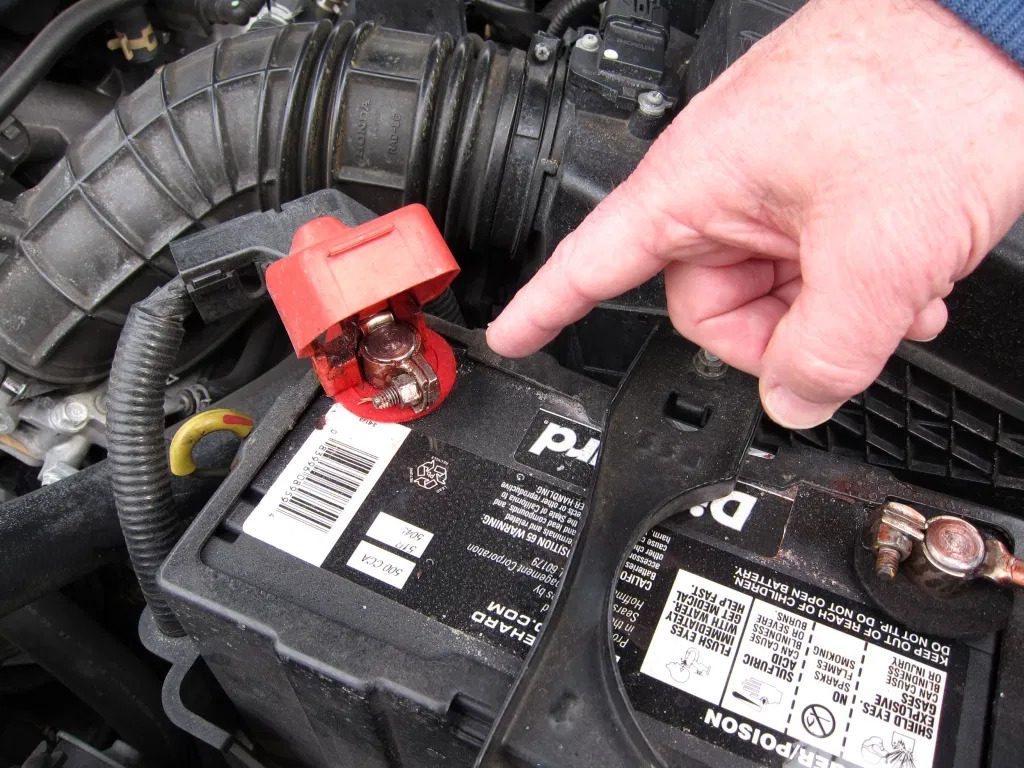5 steps to removing car battery corrosion
Car battery corrosion is one of the main causes of decreased battery life. This primer on how to remove corrosion can help keep your battery in good condition and your car running smoothly.

Step 1: Disconnect your battery cables
To start, your engine should be off and cooled. To avoid an electric shock, disconnect the negative battery cable (marked as ‘-’, NEG, and/or coloured black) before disconnecting the positive-battery cable (marked as ‘+’, POS, and/or coloured red).

Step 2: Check the cables and battery terminals
Are your cables frayed, splintered, dried or cracked? If so, you should replace them. Has your inspection revealed corroded battery terminals? Then you should try to remove the corrosion as soon as possible.
Step 3: Cleaning battery corrosion
Use a commercial-grade battery cleaner. Or, try adding a little baking soda to the corroded area, followed by water. Then scrub the (now bubbling) corrosion off with a toothbrush. Rinse and dry. Ensure that the cleaning solution and the corrosive elements don’t come in contact with your car’s engine or paint, as they can be damaging.
Step 4: Reconnect your battery
Re-attach the positive-battery terminal first, then the negative.
Step 5: Apply preventive measures
Installing anti-corrosion pads will help protect the battery posts. Alternatively, apply a coat of petroleum jelly to the battery terminals before reaffixing the cables.
